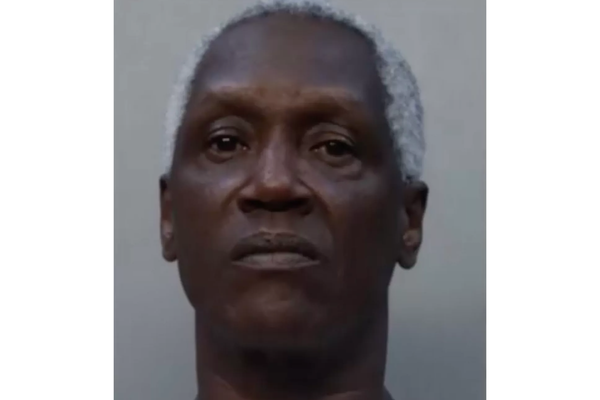
Apparitions of the Virgin Mary and weeping statues have been part of Catholicism for centuries, but the age of social media has prompted the Vatican to issue a crackdown against potential scams and hoaxes.
New rules issued on Friday say that only a pope, rather than local bishops, can declare apparitions and revelations to be “supernatural”. The document, Norms for Proceeding in the Discernment of Alleged Supernatural Phenomena, updates previous guidance issued in 1978 that is now considered “inadequate”.
Supernatural occurrences, such as “apparitions or visions of Christ or the Blessed Virgin, and other phenomena”, reinforced faith and encouraged devotion, and in some cases led to popular shrines being established, it said.
But there has also been concern at the rapid circulation on social media of unverified tears of blood appearing on statues or holy images allegedly detected on pieces of toast.
The new guidance was “not intended to control or (even less) stifle the spirit”, said Cardinal Víctor Manuel Fernández, the head of the Vatican doctrine office. But some cases of supernatural phenomena were exploited for profit, power and personal interest, or even a pretext for exerting control over people or carrying out abuse.
There was “the possibility of believers being misled by an event that is attributed to a divine initiative but is merely the product of someone’s imagination, desire for novelty, tendency to fabricate falsehoods (mythomania), or inclination toward lying”.
The new rules strip bishops of the power to recognise the “supernatural” nature of apparitions and other purportedly divine events. Instead it offers bishops six potential conclusions, ranging from nihil obstat (nothing hinders), which would allow and even encourage popular devotion, to a declaration that a phenomenon is not supernatural.
Purported apparitions of the Virgin Mary have led to Fátima in Portugal and Lourdes in France becoming popular and lucrative pilgrimage destinations. The claims of church figures, such as Padre Pio and St Francis of Assisi, to have experienced stigmata, the crucifixion wounds, have inspired millions of Catholics.
But scepticism about the case of Medjugorje in Bosnia-Herzegovina, where alleged apparitions of Mary have drawn thousands of pilgrims each year, led the pope to order an investigation in 2018. No conclusion had yet been reached, Fernández said.
God “never stops bestowing his gifts of grace upon us through the workings of the Holy Spirit”, he said. But it was the church’s duty “to protect the faithful from all deception”.







